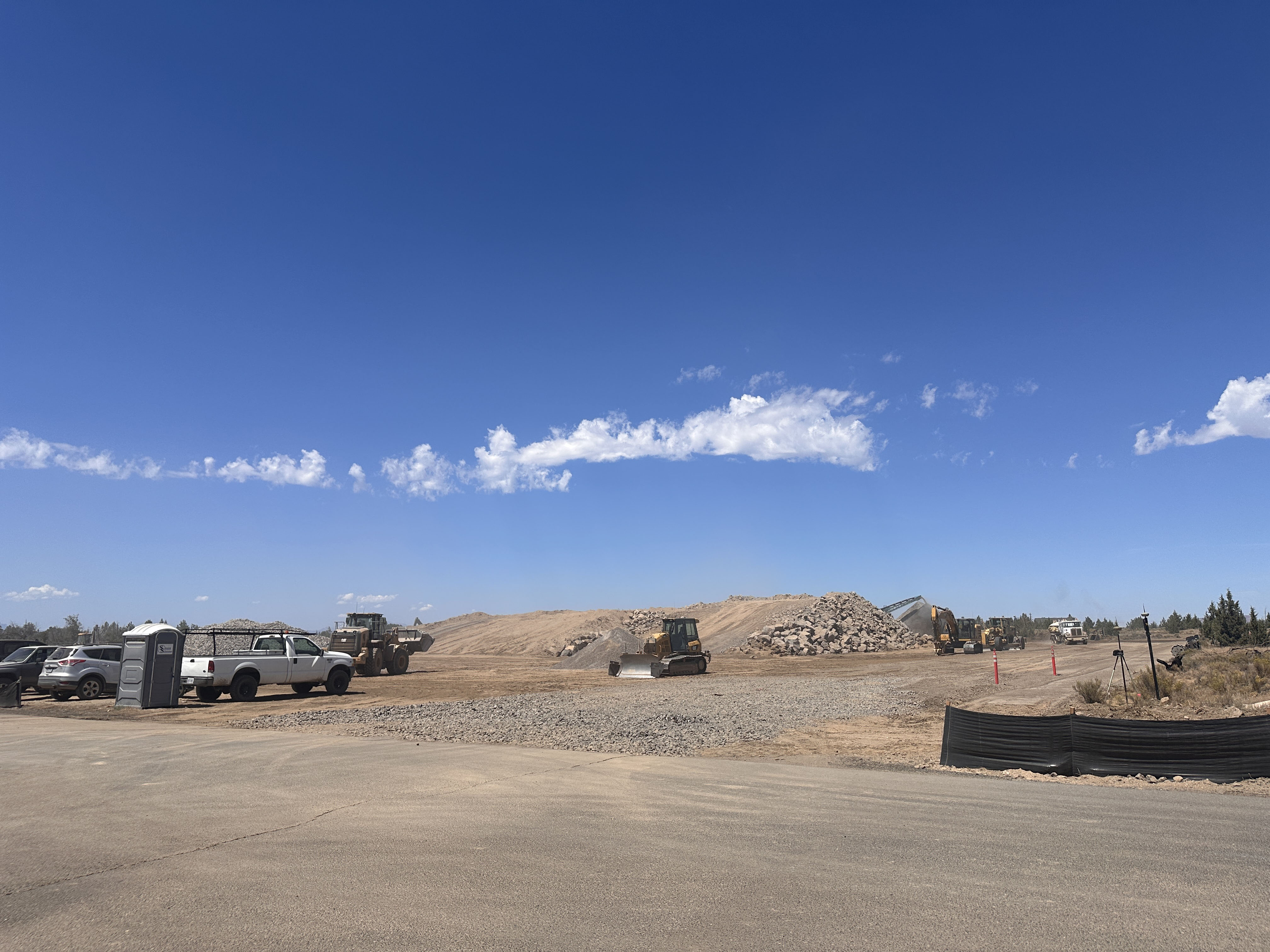Letter: Greatest Generation suffered extraordinary wartime loss
Published 2:23 pm Monday, May 12, 2025
The Army deployed 65 infantry divisions for World War II. Each was a small town with equivalent community services and eight categories of combat arms. Though artillery, engineering, and heavy weapons engaged the enemy directly, the foot soldier endured the greatest hazard with least chance of reward. Except for the Purple Heart and the coveted Combat Infantryman’s Badge, recognition often eluded these common men who became citizen soldiers because few remained to testify to the valor of the many.
Nearly a third of these divisions suffered 100% or more combat casualties. However, regimental staffs often saw their frontline units obliterated three to six times over. A typical 14,000-man division contained 81 rifle platoons fielding the 3,240 soldiers who first assaulted enemy positions. Here the division suffered from 70% to over 80% of their casualties. Added to these were half again as many non-battle human wrecks debilitated by trench foot, frost bite, pneumonia, hernia, etc.
Ernie Pyle said of them, “The worst experience of all is just the accumulated blur, and the hurting vagueness of being too long in the lines, the everlasting alertness, the noise and fear, the cell-by-cell exhaustion, the thinning of the surrounding ranks as day follows nameless day. And the constant march into the eternity of one’s own small quota of chances for survival. Those are the things that hurt and destroy. But they went back to them because they were good soldiers, and they had a duty they could not define.”
Trending
On May 8, the survivors went home.
Nolan Nelson
Redmond








